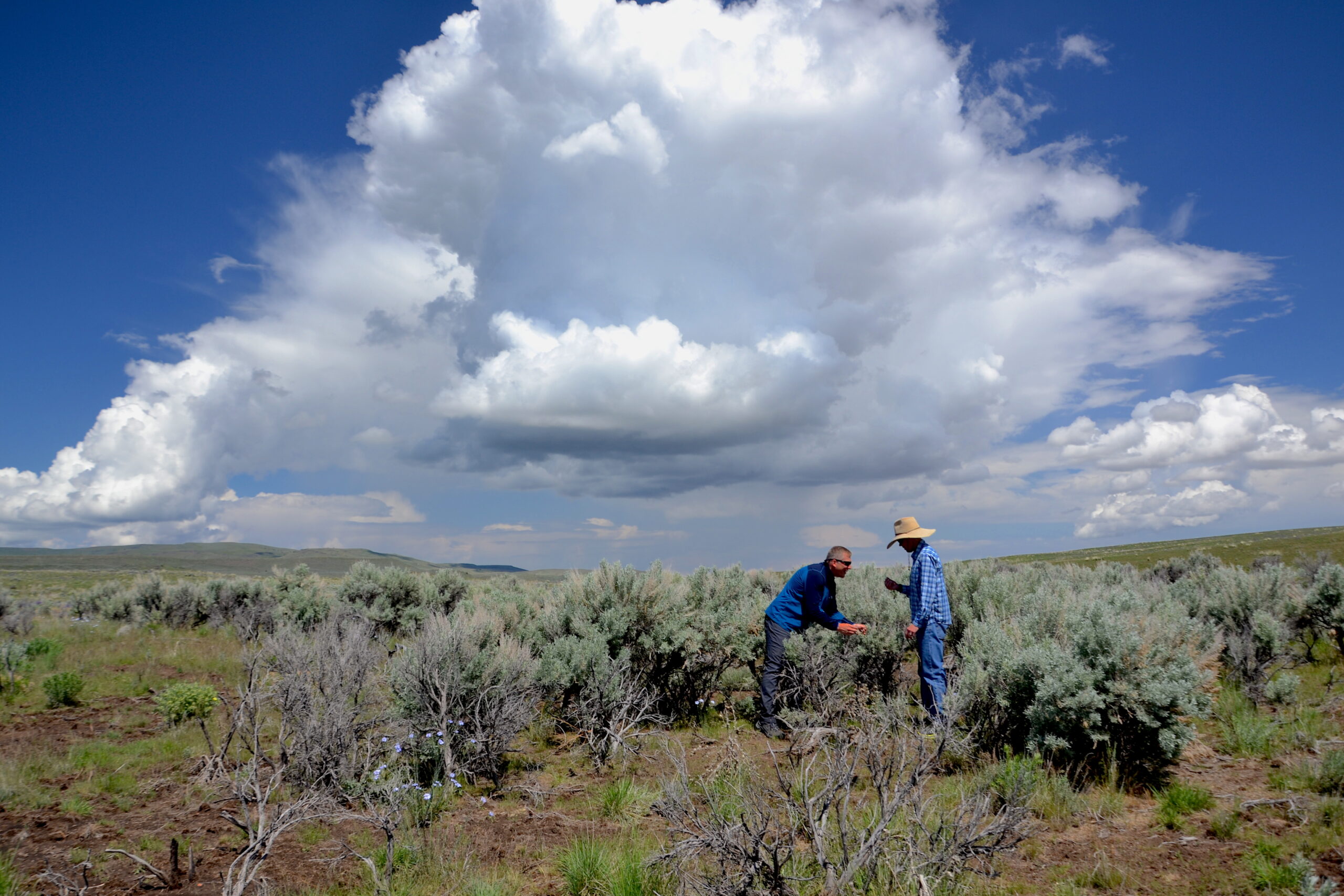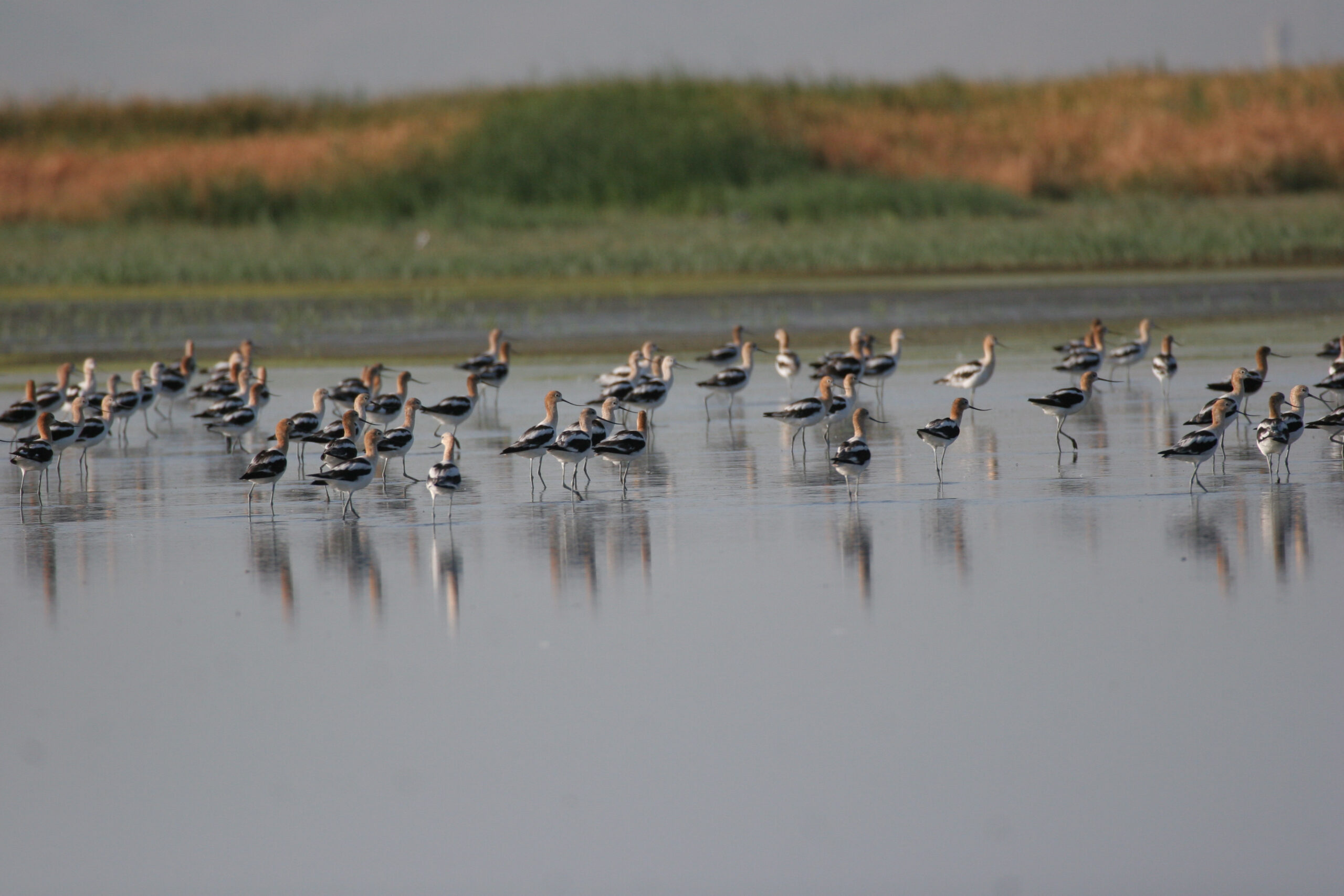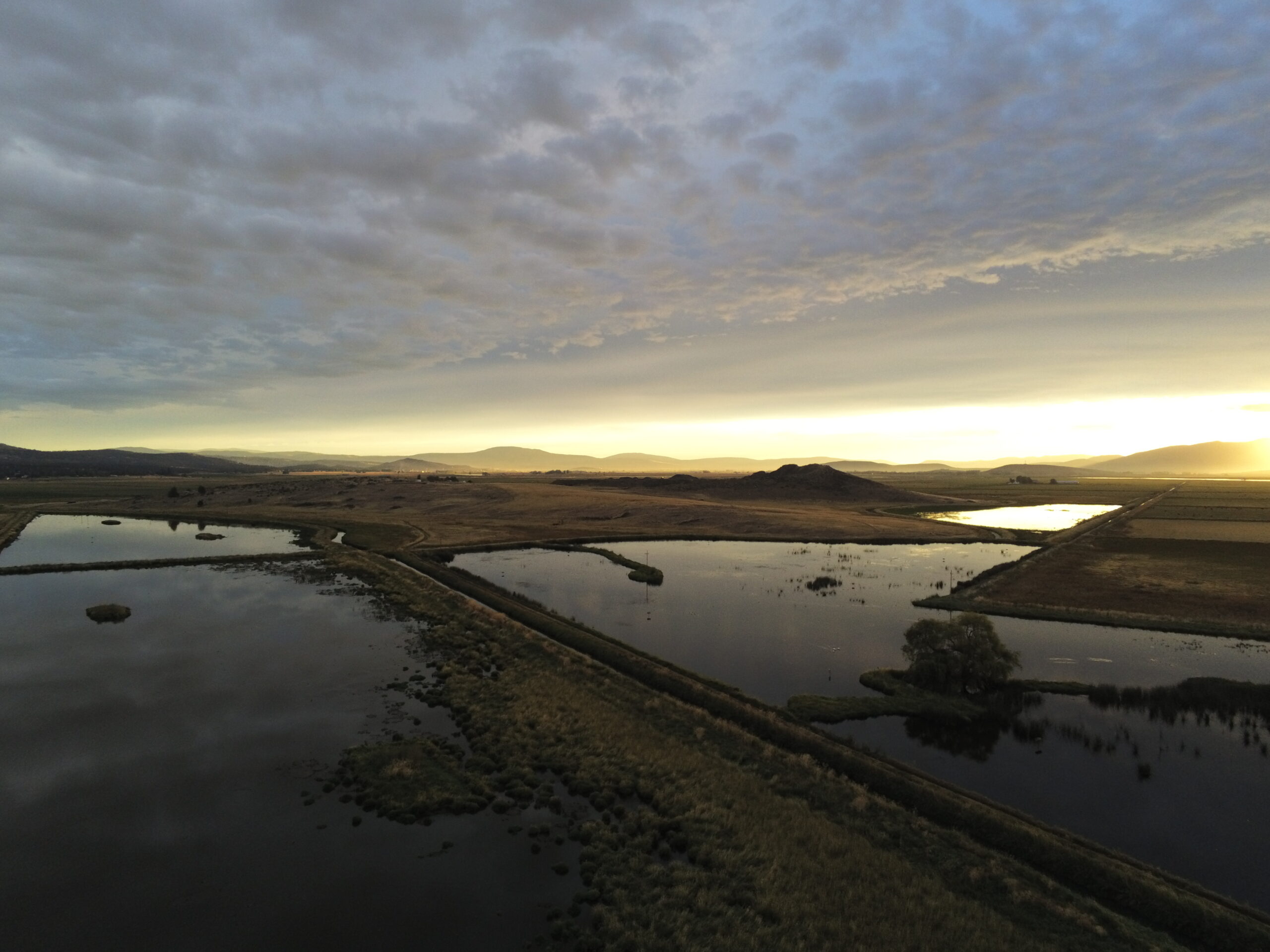-

·
Linking Irrigation and Groundwater in the White River Basin
Q&A With hydrologist dr. Ryan Bailey Irrigators in northwestern Colorado’s White River Basin had a question: what, exactly, was happening to the water that seeped past the grass growing in their hay meadows and back into the watershed? For ages, they’d seen evidence of groundwater recharge, like springs staying wet long after the land dried…
-

·
Patrick Donnelly’s Greatest Hits at the IWJV
Patrick Donnelly’s Greatest Hits at the IWJV Hired in 2011, Patrick Donnelly was one of the first few employees that Coordinator Dave Smith hired at the Intermountain West Joint Venture. At the time, spatial analysis of landscape change was still an emerging technology due to new access to satellite imagery. Thinking back across the past…
-

·
Going, going, gone: Landscape drying reduces wetland function across the American West
Q&A Going, going, gone: Landscape drying reduces wetland function across the American West Q&A with Lead Author Patrick Donnelly In a paper published in the journal Ecological Indicators, IWJV and partner scientists take a regional look at a drying trend that is impairing wetland habitat across the West. Lead author and former IWJV Spatial Ecologist…
-

·
Klamath Basin Farming and Wetland Collaborative Regional Conservation Partnership Program
The Klamath Basin’s wetlands historically provided an abundance of important year-round habitat for waterfowl and waterbirds. Those same wetlands—and the water that feeds them—also sustain fisheries and people, from farmers and ranchers to the tribes who have called this place home for time immemorial. Wetlands were and remain a vital part of the ecosystem; a…
-

·
Video: Sustaining Wetlands & Watersheds with Flood-Irrigated Grass Hay
Riparian corridors are lifelines for the wildlife and communities of the Intermountain West. These corridors are home to many of the region’s wetlands and are sustained by seasonal water cycles. This means that the wildlife that depends on wetlands, from migratory waterbirds to big game animals, can often be found using riparian areas. Much of…
-

·
Planning for the Future on the Laramie Plains
Updating infrastructure to protect water & wetlands In winter, the Hart Ranch is still. What water there is on the land, both here and across the Laramie Plains, is frozen. Bone-bare cottonwoods and the gnarled branches of shrubs line empty ditches and the Laramie River’s floodplain. The ground is tawny and fallow between the snow…
-

·
High But Not Dry
An article in Western Confluence magazine explores the places where flood irrigation might be doing more good than harm. Every spring, Chris Williams looks forward to seeing the terns alight on the meadows of the southern Wyoming ranch that he manages. It’s a fleeting sight—the birds are there for one day and then they’re gone, off…
-

·
Buoying the Bear River with Irrigation Infrastructure Funding
Strategic Funding Pools allow NRCS to provide locally focused conservation that benefits producers and wildlife. Standing in a couple of inches of water down in the floodplain of the Bear River, Ben Weston surveyed one of his hay fields. Tall green grasses reach up to his waist, bowing in the gusts created by a hot…
-

·
Science Q&A: Flood Irrigation and Groundwater Recharge
Water is the West’s most precious resource, and yet there is so much we don’t know about it. How are groundwater supplies and aquifers—as well as rivers and streams—affected by return flows from surrounding wetlands and agricultural fields? What happens to irrigation water after it helps grow crops and forage for livestock? Moreover, how do…
-

·
A Look at the Montana Groundwater Investigation Program
Q&A with Jenna Dohman, Montana Bureau of Mines and Geology Hydrogeologist Jenna Dohman’s work with the Montana Bureau of Mines and Geology’s Montana Ground Water Investigation Program includes a groundwater monitoring project on the Big Hole River, where most private land agricultural irrigation involves flood-irrigating grass hay. Dohman is measuring surface water at 16 sites…
Focus Area: Flood Irrigated Agriculture
-

·
A Look at the Montana Groundwater Investigation Program
Q&A with Jenna Dohman, Montana Bureau of Mines and Geology Hydrogeologist Jenna Dohman’s work with the Montana Bureau of Mines and Geology’s Montana Ground Water Investigation Program includes a groundwater monitoring project on the Big Hole River, where most private land agricultural irrigation involves flood-irrigating grass hay. Dohman is measuring surface water at 16 sites…